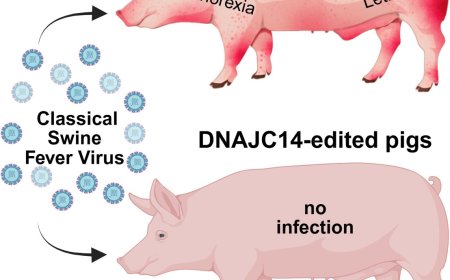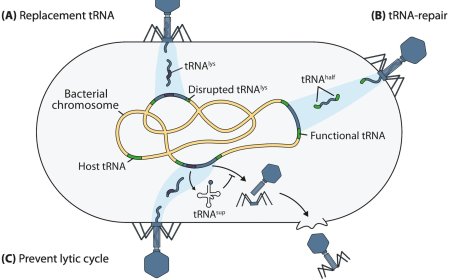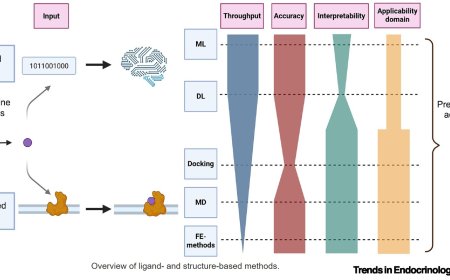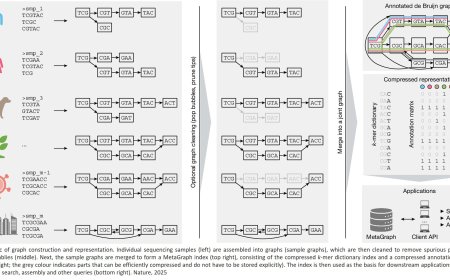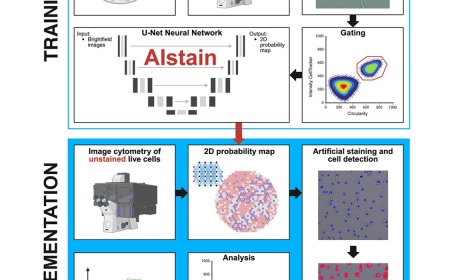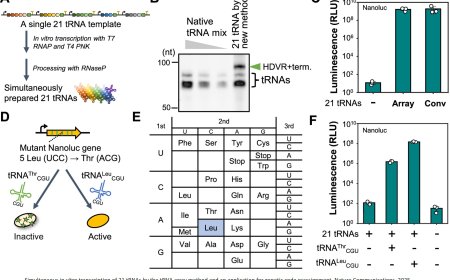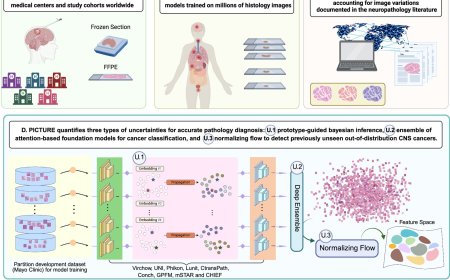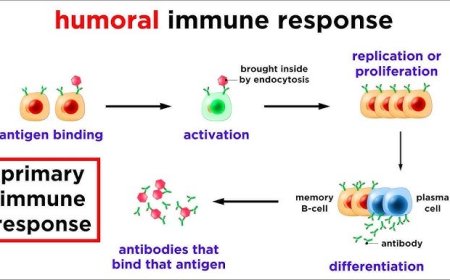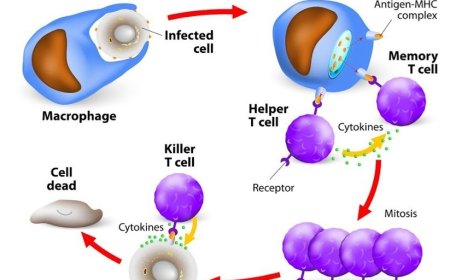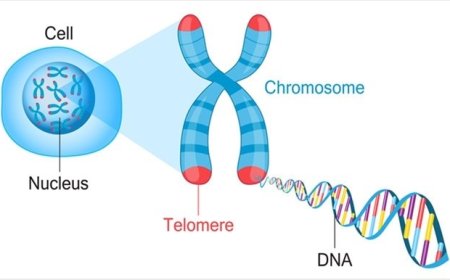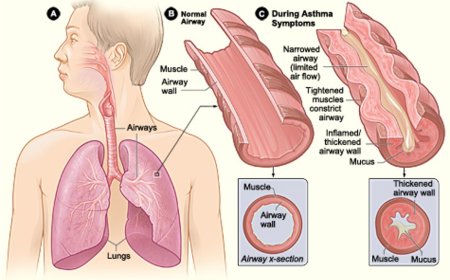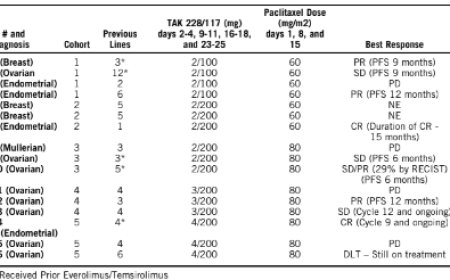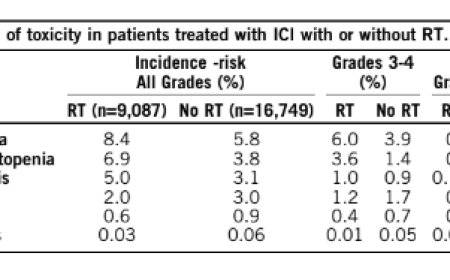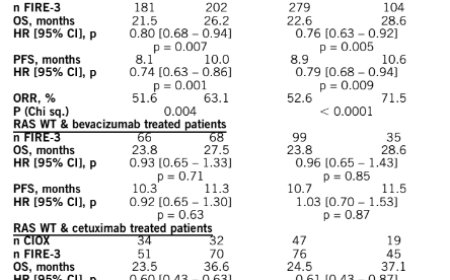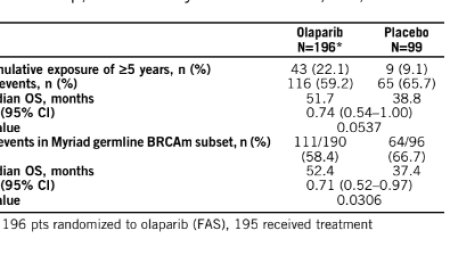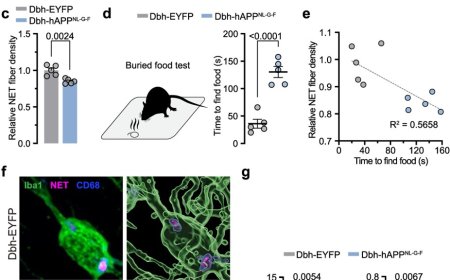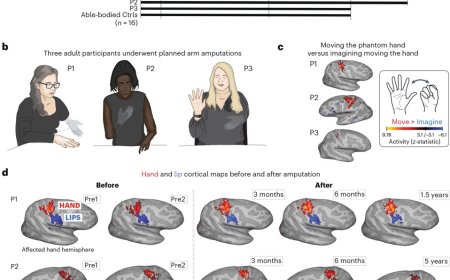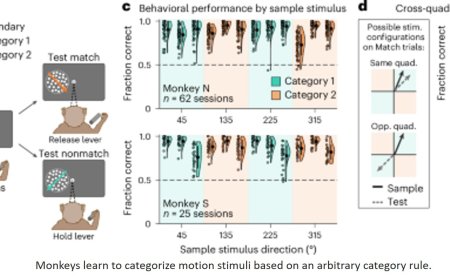Neurons associated with the suppression of binge drinking identified!
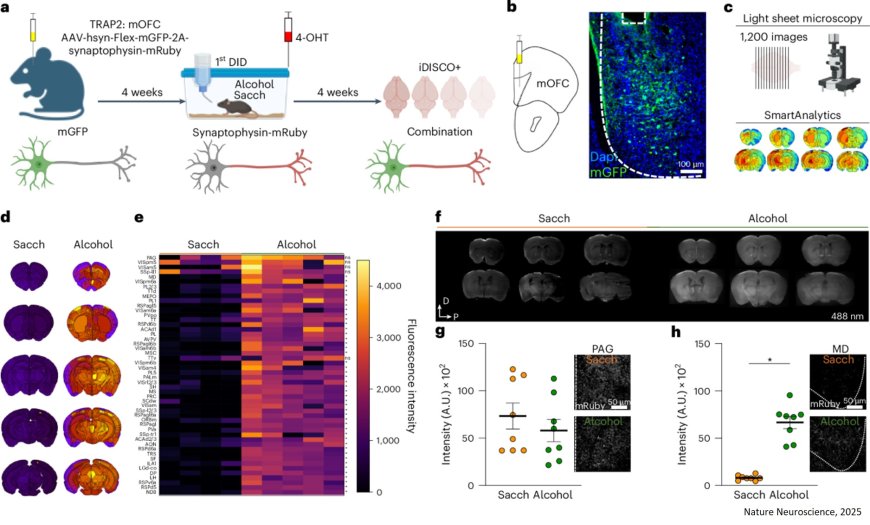
Among the billions of neurons in the brain, fewer than 500 are responsible for suppressing binge drinking, according to new research.
Published in Nature Neuroscience, these findings provide insights into binge drinking behavior and alcohol dependency that may lead to new therapeutic targets.
“It’s really hard to comprehend how only a few neurons can have such a profound effect on behavior,” said the senior author. “This is exciting because we are starting to understand how only a handful of cells are involved in very specific behaviors. Truly, this study is about finding a needle in a haystack.”
Alcohol addiction and overconsumption constitute a significant health challenge, causing millions of deaths both directly and indirectly through more than 200 associated diseases and injuries resulting from short- and long-term use. While recent studies have highlighted specific areas of the brain such as the prefrontal cortex as playing a role in inhibiting overconsumption of alcohol, these studies have lacked the resolution to pinpoint the specific neuronal circuits involved with suppressing alcohol consumption.
The researchers were able to narrow down the area in the brain responsible for suppressing binge drinking to a specific neuronal ensemble by using a combination of advanced fiber photometry, optogenetics, electrophysiology and single cell transcriptomics technologies with a viral vector approach.
“The golden age of neuroscience we entered a decade ago is now accelerating,” explained the senior author. “With all the tools available to us, we are now able to do things that 10 or even five years ago were unimaginable. There are billions of neurons in the brain. Without these technologies we wouldn’t be able to detect this activity among all those cells, it would fly under the radar because there would be so few cells active, we wouldn’t be able to see them.”
A discrete group of co-activated neurons, neural ensembles represent the basic units of neuronal code in the brain. These small neural groups function in coordinated and recurring patterns, firing together to create a distinct pattern of activity, often in response to specific stimuli.
Using a special mouse model designed for labeling and manipulating neurons that are activated during a defined time frame, the authors were able to identify a small group of neurons activated in response to binge drinking events.
When neurons are activated in these animal models, they emit an extremely bright fluorescent protein that can be seen using fiber photometry technologies. Because this happens in real time, scientists can pinpoint the precise neurons that fire when the animal is exposed to a stimulus. Then, using optogenetic techniques that employ light to activate cells safely in living animals, these neurons can be turned on and off, like a switch. This allows scientists to observe potential behavioral changes and link those changes to specific neurons in the brain.
“We know that in some cases binge drinking can lead to alcohol dependence,” explained the author. “This area of the brain appears to be intimately involved with suppressing that behavior. It could be that misfiring in this mechanism is involved in alcohol dependence and reactivating it could be a potential target for therapeutics.”
As technology continues to advance and it becomes possible to observe even small subsets of neurons, the senior author believes that there may be as few as two or three dozen neurons responsible for suppressing binge drinking and knowing what they are might be a critical step toward developing targeted therapeutics.

